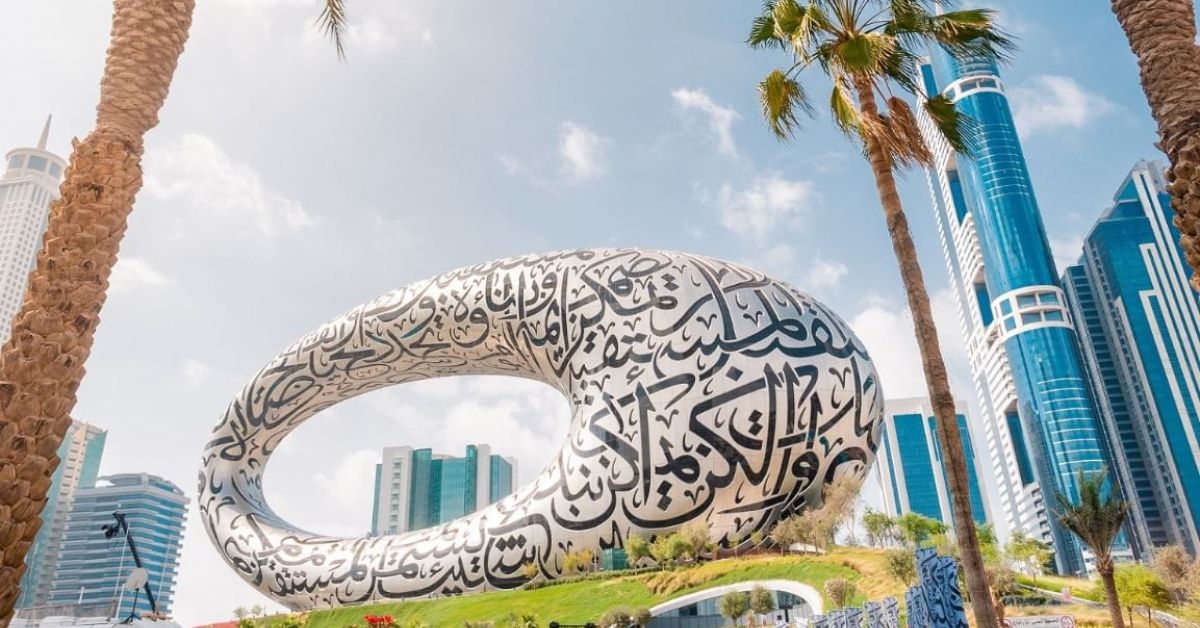DUBAI — With the infrastructure of the UAE and Saudi Arabia growing rapidly, the construction industry’s focus on safe, secure, and sustainable practices is more critical than ever.
Building codes serve as one of the primary defense mechanisms in relation to the construction and occupancy of buildings and structures, addressing crucial safety aspects such as indoor air quality, disposal systems, system efficiency, and building envelopes.
But what factors should developers and architects prioritize in 2024 when it comes to meeting evolving regulations?
Sustainability Practices
Building codes and standards are constantly evolving, and the implementation of modern codes is crucial. Recent market activity indicates more regulations supporting clean energy infrastructure, innovative construction methods, and the importance of a circular economy. In Saudi Arabia, ambitious projects like the Red Sea Development Project and NEOM are setting new standards that align with the International Code Council’s (ICC) model codes, which advocate for energy efficiency, water conservation, and green construction materials.
A key initiative from the ICC focuses on collaborating with other Standards Development Organizations (SDOs) to develop an international standard for quantifying greenhouse gas (GHG) emissions across a building’s lifecycle, from design through construction to operations. This effort aims to integrate the operational and embodied impacts. Additionally, there’s an emphasis on establishing industry standards for adopting eco-friendly cement in construction, pushing towards carbon-neutral cement production.
Capacity building remains critical in today’s global construction landscape, which demands quality assurance in building safety.
Installing energy-efficient systems like smart lighting and HVAC systems enables optimized resource use and promotes the adoption of renewable energy sources, leading to reduced energy consumption and operational costs.
Moreover, adopting sustainable water management solutions, such as solar-powered desalination and greywater reuse for non-potable purposes, along with implementing water-saving technologies like low-flow faucets and showerheads, is increasingly crucial.
Safety and Compliance
Focusing on building safety has become an integral part and a national priority for fostering sustainable infrastructure growth in both the UAE and Saudi Arabia.
The UAE has implemented advanced building codes and standards, reflecting its commitment to safely integrating emerging technologies and contributing to the establishment of an advanced building safety system.
Similarly, Saudi Arabia has strategically implemented regulations and annexes related to building and construction, focusing on public safety and health. The Saudi Building Code framework is a testament to this strategic approach, ensuring the safety of all facilities and their inhabitants by defining fundamental principles applicable throughout the country.
Updating Codes to Address Emerging Challenges
The International Codes (I-Codes) cover aspects like indoor air quality, building materials safety, structural design, and more. They also promote accessibility and inclusivity, fostering the well-being of occupants and ensuring buildings are designed to accommodate everyone, including those with disabilities.
The International Plumbing Code (IPC) and International Private Sewage Disposal Code (IPSDC) prioritize the safety and health of building occupants and the public. Similarly, the International Energy Conservation Code (IECC) and International Green Construction Code (IgCC) contribute to energy-efficient standards and the creation of high-performance buildings.
Within the ICC Evaluation Services (ICC-ES), the product certification arm of the ICC, Evaluation Service Reports (ESRs) provide manufacturers with pathways to introduce new and innovative products to the market, ensuring compliance with specific acceptance criteria for safety.
Innovative Technologies Utilized to Enhance Safety and Efficiency
Two emerging construction processes gaining popularity, especially in the MENA region, are 3D printing of concrete structures and offsite construction. These methodologies significantly reduce material waste, enhance construction quality, offer more controlled and safer work environments, and optimize project timelines, contributing to more efficient and eco-friendly construction.
The region is experiencing exponential growth and interest from Authorities Having Jurisdiction (AHJs), manufacturers, and consultants in adopting these technologies for wider and safer use.
Mohamed Amer is Regional Director of Operations at International Code Council MENA.
The opinions expressed are those of the author and may not reflect the editorial policy or an official position held by TRENDS.








